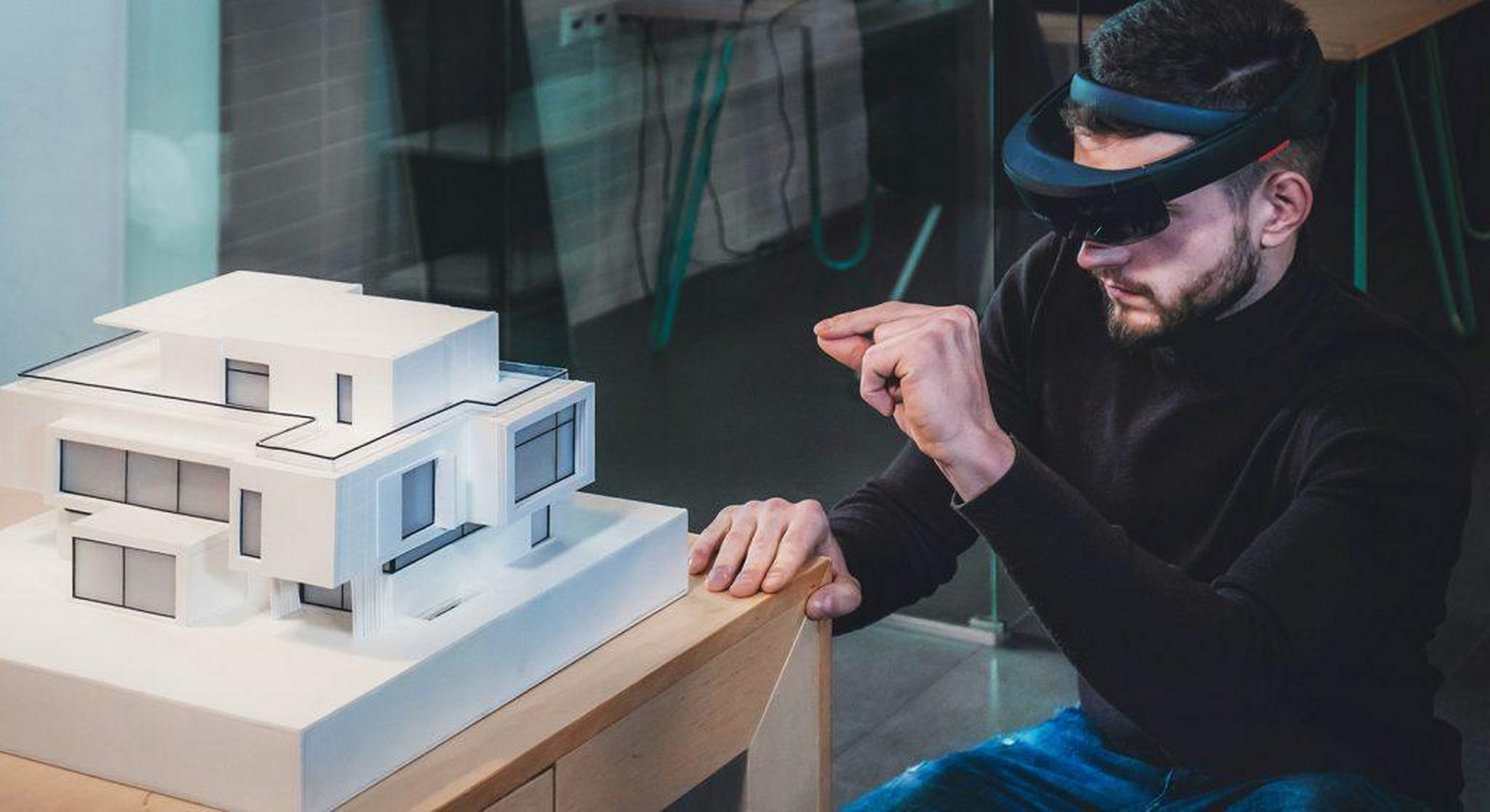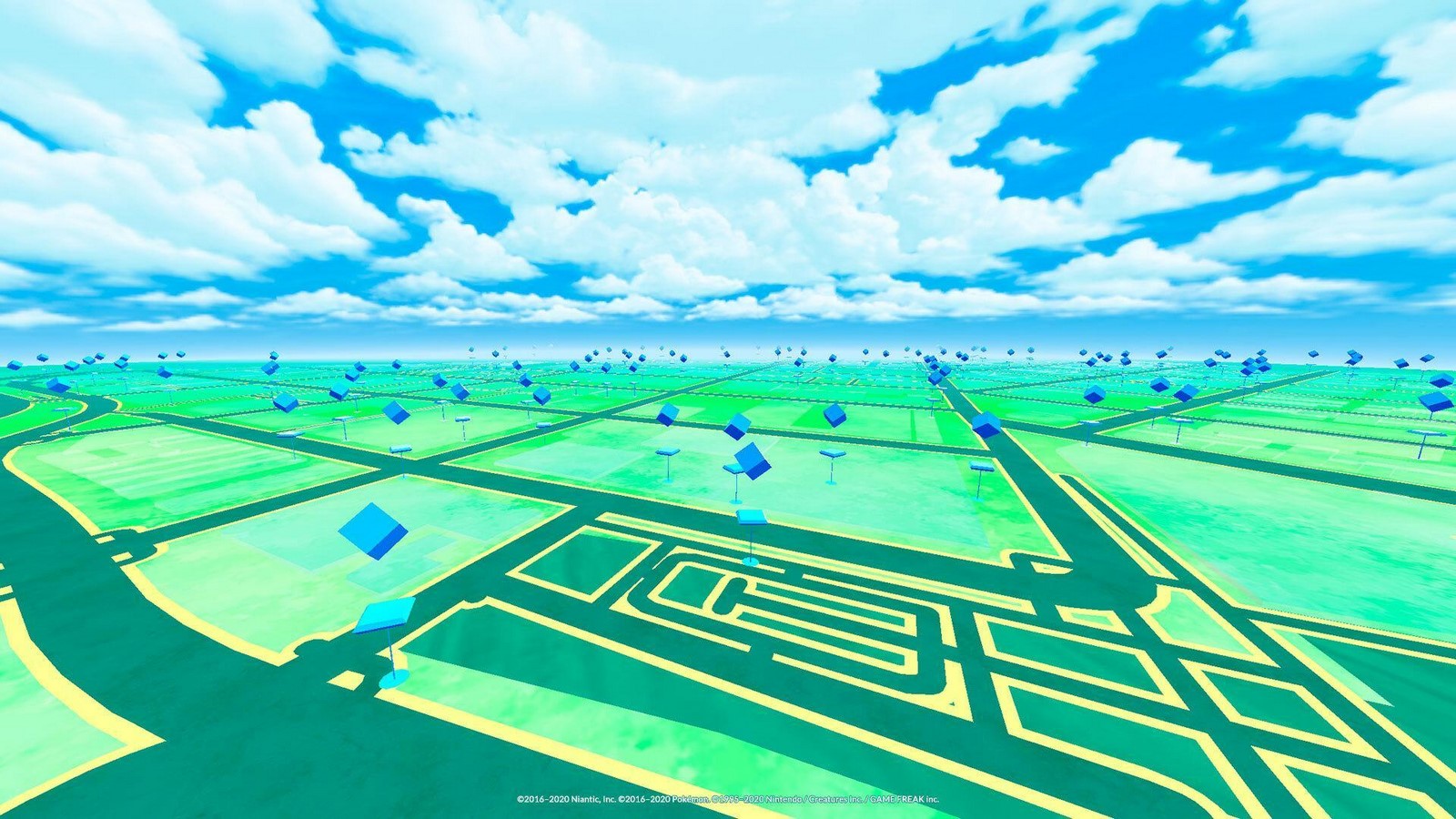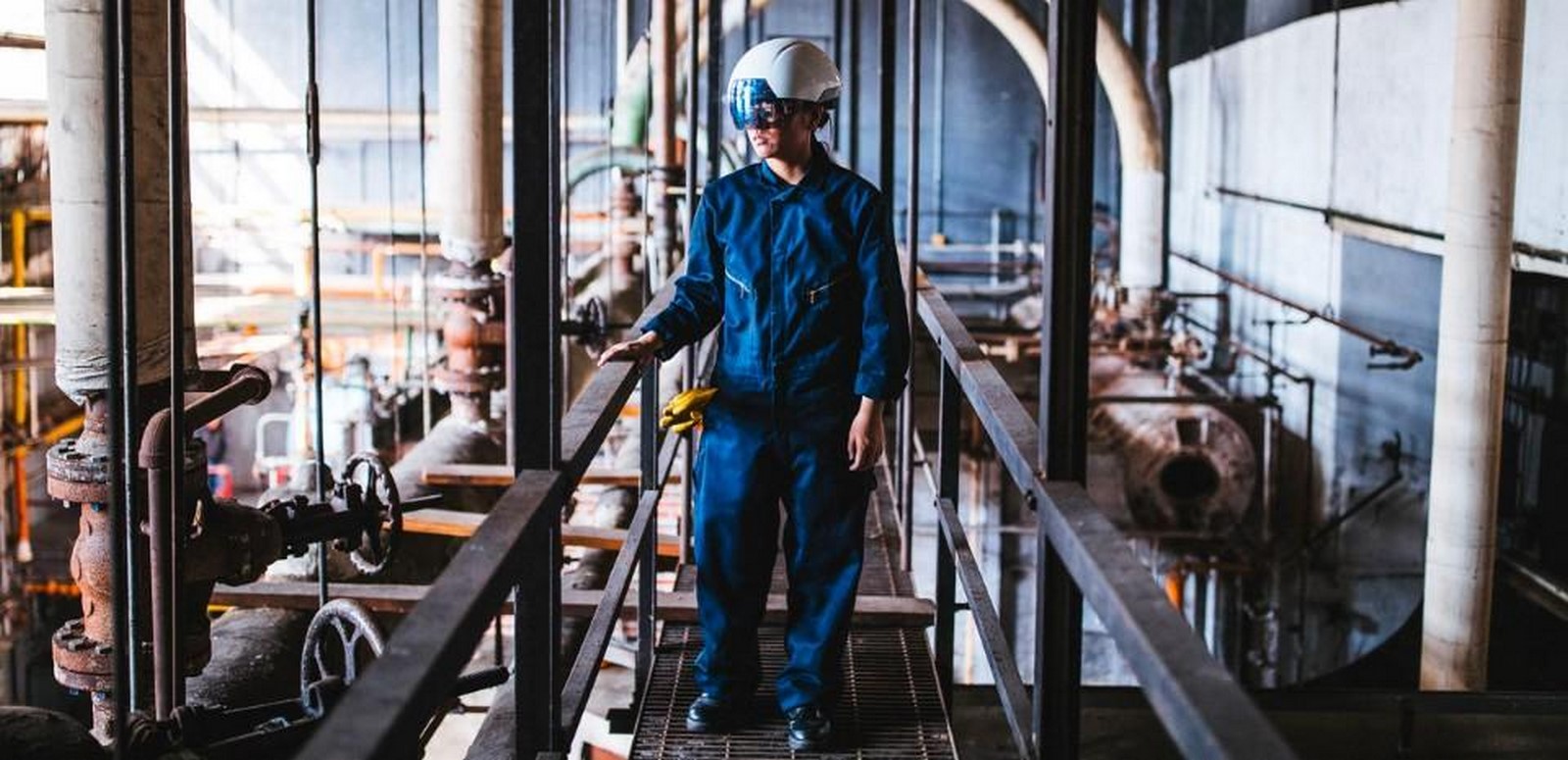In a utopian universe, a place of breathtaking beauty, where towering crystal spires glistened in the ethereal glow of twilight. The flying cars, towering skyscrapers, and bridges stretched into the clouds. People moved about on movable sidewalks, holographic billboards showcased products with the touch of a button, and food was served by robots. Some bridges connected the skyscrapers and not just ordinary bridges; they were made of translucent materials and adorned with gardens, waterfalls, and even small parks. People strolled along them as if walking on air, while hovering gardens drifted gently by, providing a breathtaking view of the city below.
Yes, this is the future. Yesterday’s science fiction has evolved into today’s reality. With being able to take a photo instantaneously, press a switch to control the lighting of a room and even change the temperature of the room. Everything with the click of a button. Drones, 3D printers, escalators, etc were all scenes straight from an 80’s sci-fi movie. Today’s sci-fi movie, even though it may appear completely bizarre, may be the future of tomorrow. Just like moves, A glimpse of the future can be experienced in the luxury of one’s home with the help of recent technology. The power of AR and VR is a living testament to the blurred lines between reality and illusion in the technologically advanced future. Architectural wonders that were just a part of the imagination can be felt and heard by people to understand this imaginative universe. The future of tomorrow can be witnessed through just a pair of virtual headsets that transport you into an alternate utopian reality designed by architects who are not bound by spatial limitations.
Building a Utopian Universe in collaboration with Architects
Take, for instance, Sir Peter Cooke’s visionary concept, the Plug-in City. Its feasibility and artistic merit were scrutinized, as too avant-garde for its time. Cooke. However, if the people could envision his city concept in reality, then it could indeed be constructed. Today, this notion has materialized into a compelling reality. Architects can now translate their imaginative visions into tangible prototypes, allowing users to immerse themselves in spatial experiences. Cooke’s vision underscores the transformative power of architectural concepts that have evolved from the realm of imagination into the realm of the buildable, enhancing the way people encounter and interact with space.

Virtual Reality (VR) is aiding realization of conceptual designs
Virtual Reality is used to transform designed prototypes into a simulated reality through the medium of headsets.
Software like FUZOR, for instance, aids in the realization of conceptual designs. Because it expedites the process of designing in virtual reality, it is the perfect tool for architects where users can iterate better client presentations and create and enhance their prototypes with the software.

Augmented Reality (AR) is rewriting Cityscapes
On the other hand, Augmented reality uses real-world information and puts virtual information to enhance the overall experience of the user.AR uses a real-world setting while VR is completely virtual.
For Example, Pokémon Go an augmented reality mobile game was one of the first games that gave the first glance into the world of Augmented Reality. It creates a point in your real-world environment to track through the phone. The application tracks the exact location of a person to catch virtual Pokemons by detecting your real-world environment. Hence, with the help of Augmented Reality, Pokéstop tourist attractions change the dynamic nature of cities.

Link between VR and AR
By linking VR with augmented reality (AR) technology, architects may be the driving force behind creating AR and VR which create a white canvas for architects to express their imagination and design unique built spaces that have never been seen before. Architects and other artists can craft incredibly immersive experiences, allowing audiences to interact with the art in a three-dimensional environment.
A great example of the blend of Augmented Reality with Virtual Reality is the DAQRI Smart Helmet packs augmented reality (AR) features is a device that enables viewing beyond simple prototyping and visualizing a virtual model of work in an alternate environment for a better understanding of the design to get an in-depth view of the virtual model. Location-based augmented reality apps, Microsoft HoloLens, and Google Glass all make it possible to compile influences, interests, and preferences.

Hence AR and VR are changing the landscape of architectural visualization in ways that could never be imagined before. The inability to effectively communicate an original idea to a customer, which is the source of far too many design issues, is being eliminated by realistic textures and materials, which give designers greater precision in detail than ever before.Although everyone has a unique subjective understanding and perspective on the world that is shaped by our beliefs, experiences, and feelings, this technology gives us the chance to finally realize our worldview in distinct, digital terms.
Escape from reality or an alternate reality
“A problem cannot be solved by the same level of thinking that created it,” as Albert Einstein so aptly stated.
Hence innovation for tomorrow requires moving away from the possibilities of today to make way for the extraordinary possibilities of tomorrow that may be quite unimaginable today. Virtual reality can often be perceived as a means of detaching from the real world. However, when we shift our perspective and consider it as an alternate reality, a more positive outlook emerges. This shift acknowledges the transformative potential of VR, emphasizing the creation of immersive, meaningful experiences rather than mere disconnection. Viewing VR as an alternate reality underscores its capacity for architects and designers by offering the opportunity to explore new horizons, and provide unique avenues for creativity.

On the cusp of a virtual reality revolution that has the potential to radically alter architects’ work methods. So how might we recognize the cities of the future? Such scenarios demonstrate how AR and VR stand to influence Architecture and Urban Design, by enabling near-countless Experiences within reality and virtual reality.
References
Architecture 2.0 – Tech trends in architecture to watch out for in 2019. (2019, February 6). SHARE Architects. Retrieved October 15, 2023, from https://share-architects.com/tech-trends-in-architecture-to-watch-out-for-in-2019/
Futuristic Tech That Will Change The Face Of Architecture Design In 2020. (2020, January 23). Snaptrude. Retrieved October 15, 2023, from https://www.snaptrude.com/blog/futuristic-tech-that-will-change-the-face-of-architecture-design-in-2020
Knott, A., Blackwell, A., Fortin, D., Soules, M., Stevens, S., Stewart, P., Vujosevic, T., Fulcher, M., Barber, S., Mollard, M., Beaumont, E., Rapacki, K., & Giddings, J. (2016, August 24). After Pokémon Go: How augmented reality is rewriting the city. Architectural Review. Retrieved October 16, 2023, from https://www.architectural-review.com/essays/after-pokemon-go-how-augmented-reality-is-rewriting-the-city
Marx, J. (2023, August 29). Next Generation Goggles: Augmented Reality Meets Virtual Reality. ArchDaily. Retrieved October 16, 2023, from https://www.archdaily.com/1003707/personal-metaverse-immersion-devices-unlocking-the-potential-of-ar-and-vr
Technology changing architecture. (2018, January 24). Foundry. Retrieved October 15, 2023, from https://www.foundry.com/insights/design/technology-in-architecture
















